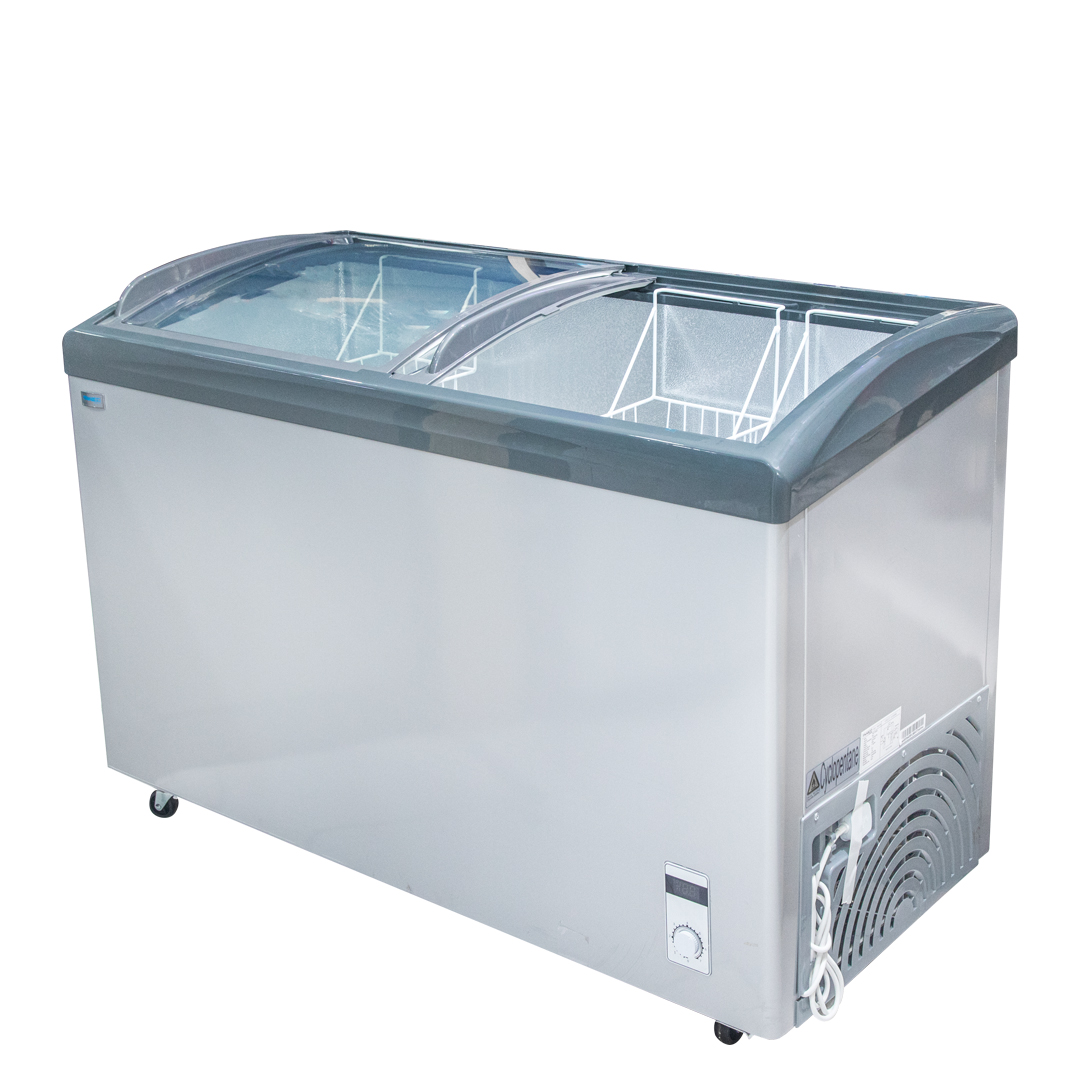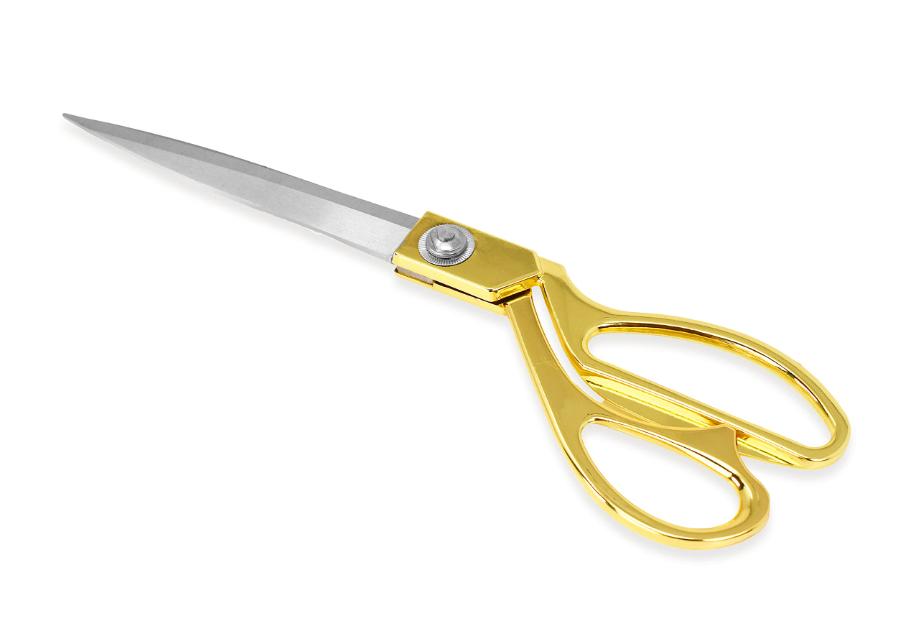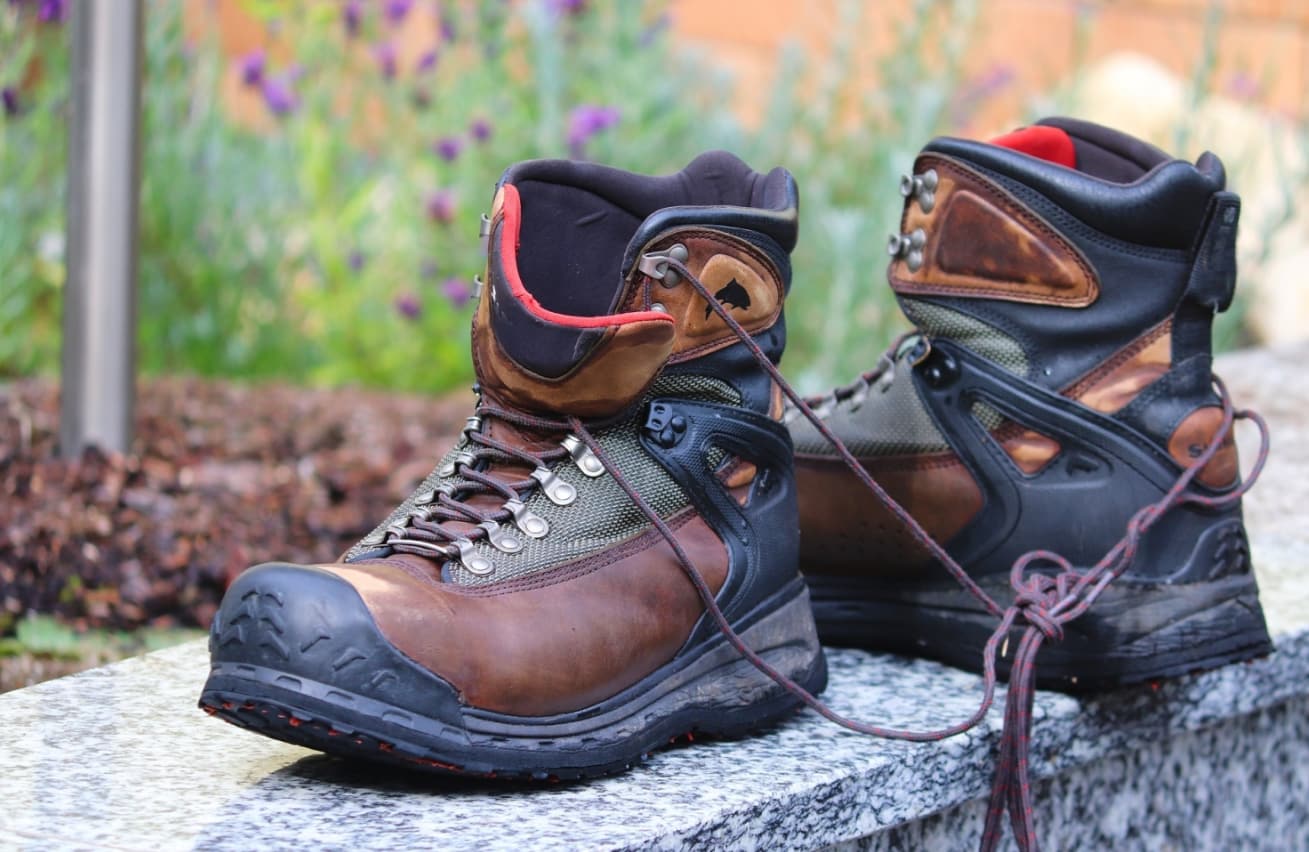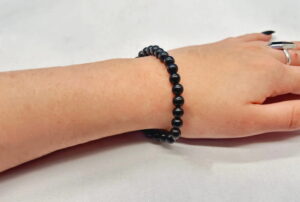In today’s world, workplace safety is not just a priority; it’s a necessity. Among the many safety measures adopted to ensure this, one integral component stands out for its simplicity and effectiveness – safety shoes.
Over the years, these humble yet vital pieces of protective gear have undergone significant changes to cater to the diverse needs of various industries. This article will take you on a fascinating journey through the history and evolution of these protective shoes.
The Early Beginnings
The advent of protective footwear can be traced back to the early 20th century when industrial accidents were alarmingly common. During this period, the concept of a safety shoe was relatively rudimentary.
It typically involved a sturdy leather boot with a reinforced metal toe cap to protect against falling objects, sharp debris, and other workplace hazards. However, as industries evolved and expanded, so did the associated risks.
This necessitated a change in the design and functionality of protective shoes to meet the increasing safety demands.
-
Innovations in Material and Design
The mid-20th century witnessed a remarkable revolution in the manufacturing of safety shoes. Propelled by the advent of new materials and technologies, manufacturers began to produce footwear that was protective, comfortable, and aesthetically pleasing.
-
Introduction of Rubber Soles
One notable innovation was the introduction of rubber soles. These soles provided better grip and resistance to chemicals, ensuring workers could navigate hazardous environments safely. This was a significant leap forward from the traditional soles, offering enhanced protection.
Modern Safety Shoes
Fast forward to the 21st century, and we find ourselves in an era where safety shoes are no longer just about protection. They are now designed with industry-specific features, reflecting the unique safety requirements of different sectors.
-
Construction Sector
In the construction sector, these shoes have features like puncture-resistant soles and waterproofing. These shoes ensure workers can navigate construction sites, often laden with sharp objects and wet surfaces, without fear of injury.
-
Healthcare Sector
In the healthcare sector, these shoes come with anti-static and slip-resistant properties. These features help prevent static-induced accidents and slips in fast-paced environments like hospitals or clinics, where the risk of spills is high.
-
Food Industry
The food industry has its unique safety requirements. Shoes for this sector are resistant to animal fats and oils, ensuring workers can safely navigate kitchens and food processing units without worrying about slips and falls.
Future Trends: Embracing Technology and Sustainability
With the rise of smart technology, we might soon see protective shoes equipped with sensors to monitor foot fatigue and alert the wearer of potential hazards. This integration of technology will take workplace safety to a whole new level.
Sustainability is another area gaining attention. As industries strive to reduce their environmental footprint, we expect to see more eco-friendly shoes made from recycled or bio-based materials soon.
Conclusion
The evolution of safety shoes is a testament to our unwavering commitment to workplace safety. From simple leather boots to high-tech footwear, we have come a long way in ensuring every step taken at work is safe.
So, next time you lace up your protective shoes, remember, you’re not just wearing a piece of protective gear; you’re wearing a piece of history that has evolved over the years to keep you safe and comfortable at work.

 Home
Home







